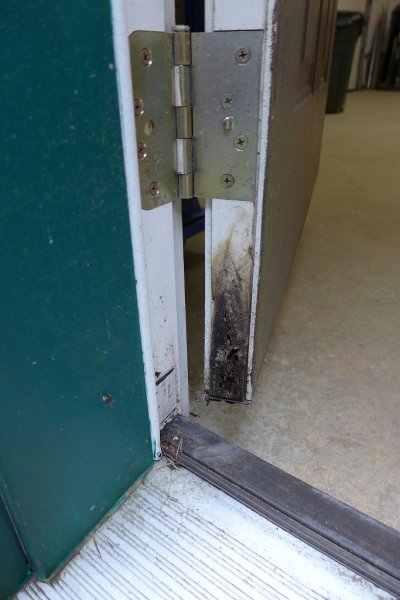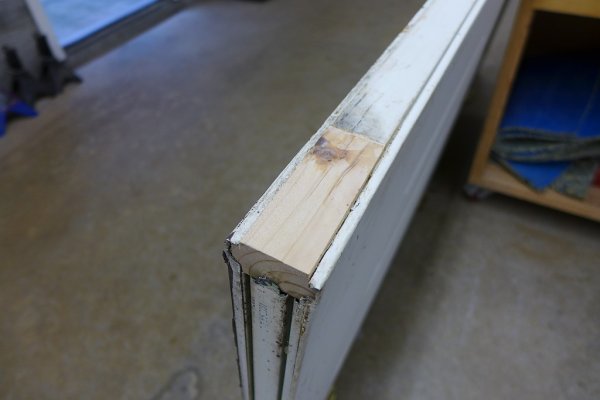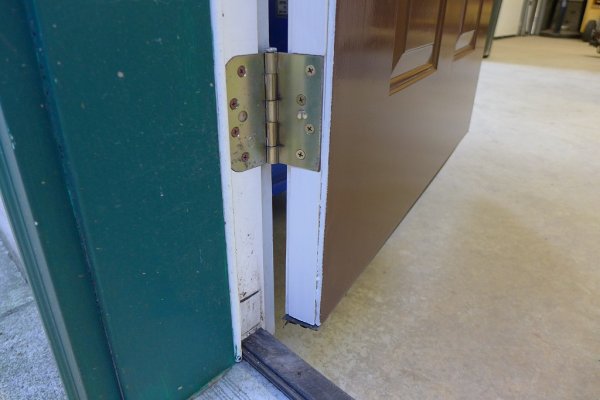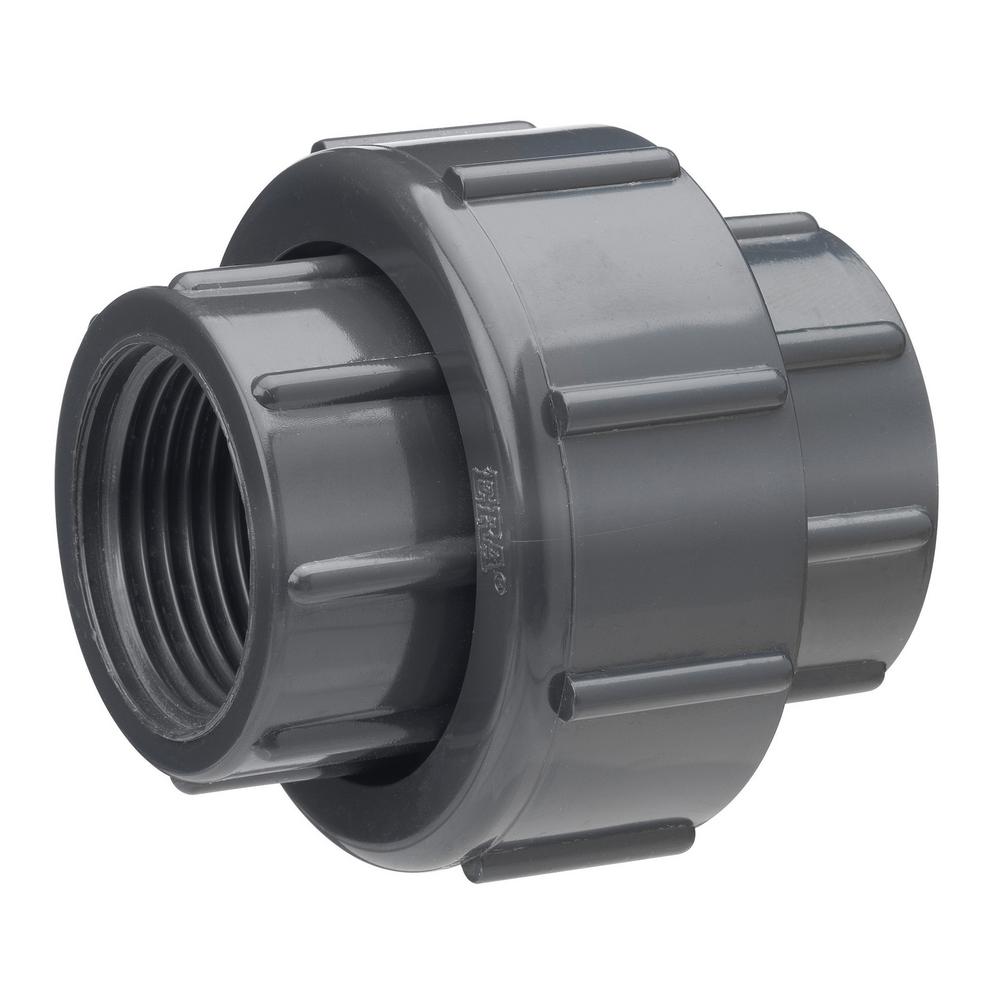Exactly. Instead of throwing out three, I threw out two and took the best batteries out of each battery pack and made one reasonably good pack. I looked for new but inexpensive NiCD's, but didn't find any cheap enough to justify the tinkering. You can get an entire new drill with new batteries at Harbor Freight for what they want for just a battery!
Yes, technical and financial feasibilities are two different things. In my case, I happened to run across a surplus electronic Web site that had some NiCad packs that were unused. The sub-C cells were in a waterproof enclosure meant for some unknown consumer products that were discontinued. I salvaged the cells, and they were of the same size as in the drills.
However, the cells wear out after several years, and I want to renew the drills again with Li-Ion cells.
This idea went through my head too, because I'd seen those 3.7V Lithiums that power my toy-grade quad copters were so cheap. I figured I could just use plenty of them, some in parallel to handle the amperage, and some in series to get the voltage where I wanted it. Then I figured I'd never be able to charge them in that configuration without special hardware. Only then did I open the Internet machine and find out it's a more complicated problem. If you make a design that works well, I'd be interested.
The Li-Po flat cells for RC toys and drones are amazingly powerful and lightweight. However, I have been playing more with the abundant and less expensive cylindrical common 18650 cells.
The 18650 cells can be of the energy or power types. The energy cells are used in electronic products such as laptop packs. They have high energy density, but do not support high current drains (they heat up and may get damaged). The power type is what used in power tools. They may store only 2-2.5 Ah/cell, which is less than the 3-3.5 Ah/cell for the energy type. However, the power cells can support current draws of 20A or more.
I have some of both types, and have been experimenting with them.
Well, in fact I have 1000+ of the energy cells, destined to go into my solar shed.

Still working on assembling them into packs, with careful testing of each cell, and then of each pack. I want to track their degradation with age and usage.
Have not started on figuring out how the power cells will go into the drills, along with the necessary electronics.
So many things to play with. So many things to keep busy on, including surfin' the Web for future travel.
PS. Some of the lithium cells are amazingly powerful. The common larger size than the 18650 cell is the 26650. Note that the Tesla S and X models use the 18650, while the M3 uses the 21700, which is smaller than the 26650 I will talk about.
The 26650 is a bit longer than the common C battery. Yet, a lithium-iron-phosphate power cell of that size can sustain a draw of more than 100A. A guy on the Web wired up 4 of these cells to get 12V, then used it to start his car. It worked! The cells would not last long when abused like that, but they did not blow up.
Note that the above cells have 100+ amp rating. Ordinary cells would not work and may blow up. I have 8 of these cells, but have not done anything with them yet, other than doing some measurements.
Too much on my plate. Heh heh heh...





